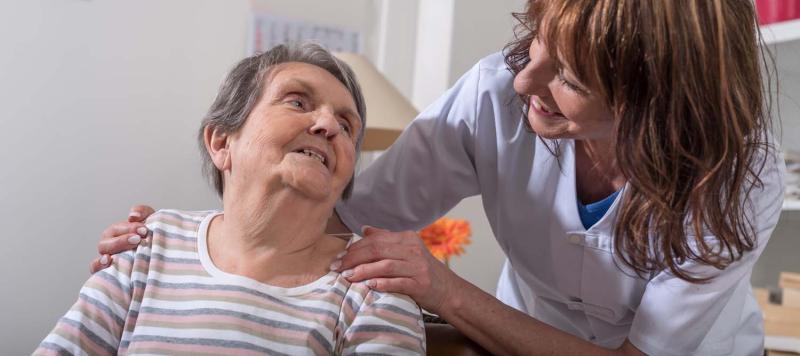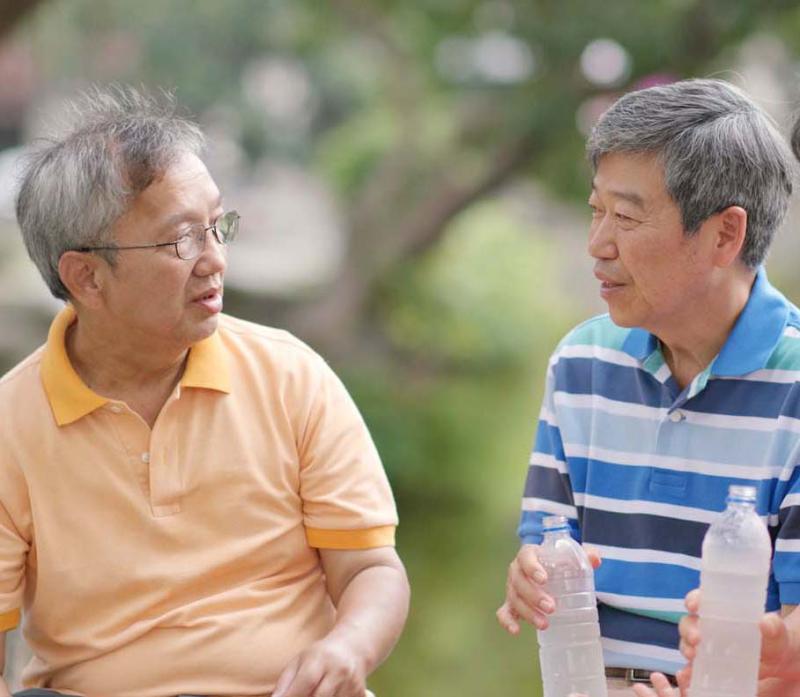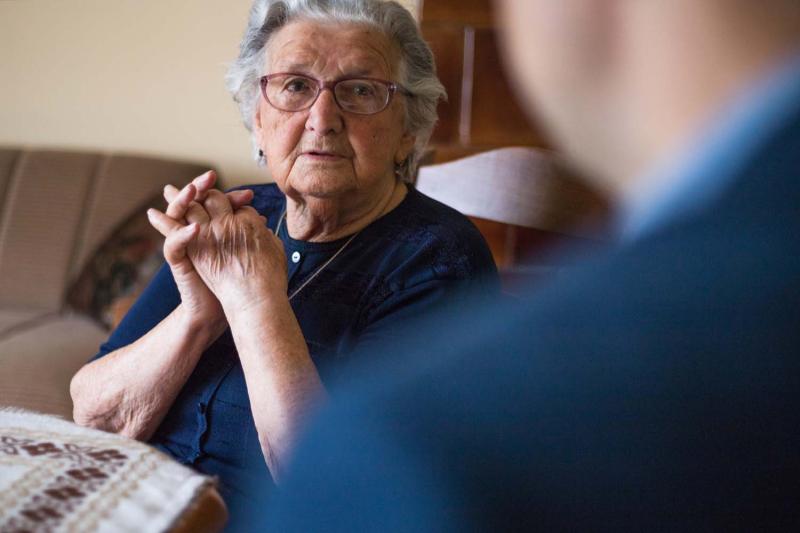Resources
Explore resources from a range of sources across the aged care sector - including government, research, academic and practice-based materials - curated by ARIIA to support evidence-informed practice and innovation.
Showing

Support worker help sheet: Bathroom washing 2
This information sheet from KeepAble provides examples of performing bathing and hygiene-related activities independently using simple assistive devices such as a long-handled lotion applicator and long-reach nail scissors.

Support worker tip sheets: Bathroom washing 1
This information sheet from KeepAble provides examples of performing bathing independently using simple assistive devices such as long-handled sponge and long-handled toe washer.

Support worker tip sheets: Maximising independence with dressing 2 - Using a button hook
This information sheet from KeepAble provides examples of performing dressing activities independently using a button hook.

Support worker tip sheets: Maximising independence with dressing 1 - Using a dressing stick
An information sheet from KeepAble that illustrates how to perform dressing activities independently using a stick.

Fact sheet 1: Introduction to clinical governance
The first in a series of Aged Care Quality and Safety Commission information sheets about clinical governance in aged care. This fact sheet introduces core concepts about clinical governance that aged care providers need to apply to their own services.

Fact sheet 2: Clinical governance and the Aged Care Quality Standards
The second in a series of Aged Care Quality and Safety Commission information sheets that describes the links between clinical governance and the Aged Care Quality Standards. This fact sheet discusses the quality assessment and compliance monitoring processes as they relate to clinical governance and clinical quality and safety.

Fact sheet 3: Core elements of clinical governance
The third in a series of Aged Care Quality and Safety Commission information sheets about clinical governance in aged care that aim to help aged care providers meet their responsibilities for ensuring the quality and safety of clinical care. This fact sheet describes the six core elements of clinical governance where action is needed.

Fact sheet 4: Roles and responsibilities for clinical governance
The fourth and last in a series of Aged Care Quality and Safety Commission information sheets about clinical governance in aged care. This fact sheet describes the main roles and responsibilities for clinical governance for different people working in an aged care service.

Discussion paper: Governing inclusively
This discussion paper by the Aged Care Quality and Safety Commission assists aged care governing bodies to examine their organisation to ensure the delivery of inclusive and culturally safe care, that respects the individual needs, preferences, and expectations of each person. (Clicking on the link will download an MS Word doc.)

Discussion paper: Compliance with clinical governance obligations
An information sheet produced by the Aged Care Quality and Safety Commission, that discusses compliance with clinical governance obligations. The discussion paper includes tips to use before a meeting, and questions for discussion during the meeting. (Clicking on the link will download an MS Word doc.)